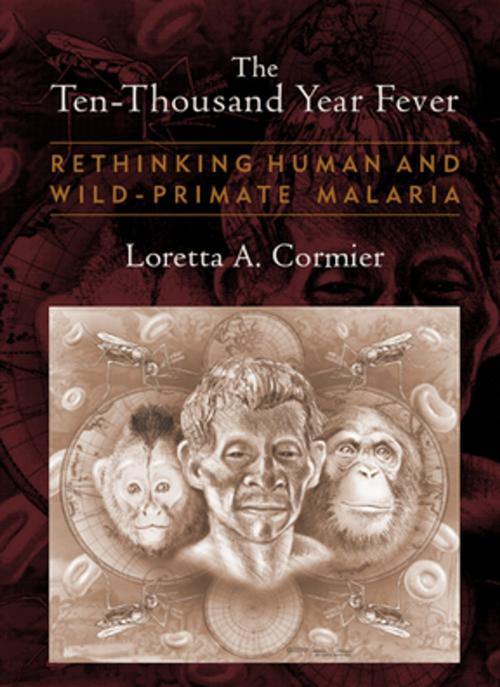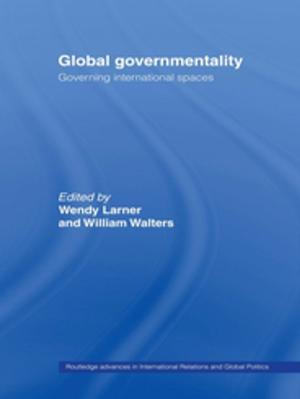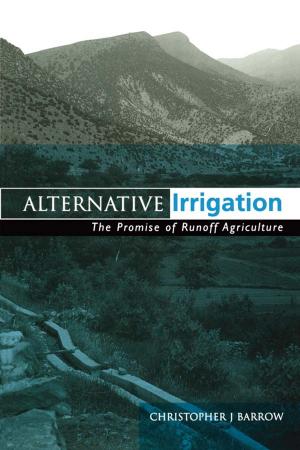The Ten-Thousand Year Fever
Rethinking Human and Wild-Primate Malarias
Nonfiction, Social & Cultural Studies, Social Science, Anthropology| Author: | Loretta A Cormier | ISBN: | 9781315417073 |
| Publisher: | Taylor and Francis | Publication: | June 16, 2016 |
| Imprint: | Routledge | Language: | English |
| Author: | Loretta A Cormier |
| ISBN: | 9781315417073 |
| Publisher: | Taylor and Francis |
| Publication: | June 16, 2016 |
| Imprint: | Routledge |
| Language: | English |
Malaria is one of the oldest recorded diseases in human history, and its 10,000-year relationship to primates can teach us why it will be one of the most serious threats to humanity in the 21st century. In this pathbreaking book Loretta Cormier integrates a wide range of data from molecular biology, ethnoprimatology, epidemiology, ecology, anthropology, and other fields to reveal the intimate relationships between culture and environment that shape the trajectory of a parasite. She argues against the entrenched distinction between human and non-human malarias, using ethnoprimatology to develop a new understanding of cross-species exchange. She also shows how current human-environment interactions, including deforestation and development, create the potential for new forms of malaria to threaten human populations. This book is a model of interdisciplinary integration that will be essential reading in fields from anthropology and biology to public health.
Malaria is one of the oldest recorded diseases in human history, and its 10,000-year relationship to primates can teach us why it will be one of the most serious threats to humanity in the 21st century. In this pathbreaking book Loretta Cormier integrates a wide range of data from molecular biology, ethnoprimatology, epidemiology, ecology, anthropology, and other fields to reveal the intimate relationships between culture and environment that shape the trajectory of a parasite. She argues against the entrenched distinction between human and non-human malarias, using ethnoprimatology to develop a new understanding of cross-species exchange. She also shows how current human-environment interactions, including deforestation and development, create the potential for new forms of malaria to threaten human populations. This book is a model of interdisciplinary integration that will be essential reading in fields from anthropology and biology to public health.















